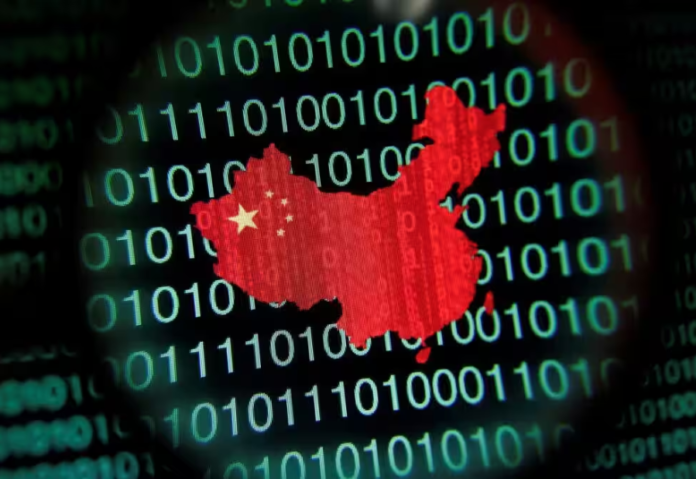China’s new supercomputing system utilized a locally developed architecture and outperformed Tianhe-2, one of China’s fastest supercomputers.
On Wednesday, China showcased a new domestically built supercomputing system that, according to a report, is many times more powerful than the previous version.
The National Supercomputing Center in Guangzhou introduced the “Tianhe Xingyi” supercomputing system at an industrial event in the capital of southern China’s Guangdong Province. Additional information about the new supercomputing system’s computational power is not available.
The new computer used a locally created architecture and exceeded Tianhe-2, one of China’s fastest supercomputing systems, in characteristics such as CPU computing power, networking, storage, and applications.
The National University of Defense Technology (NUDT) is developing Tianhe-2, which will be hosted in the National Supercomputing Center in Guangzhou.
Tianhe-2 topped a list of the world’s 500 fastest supercomputing systems for three years starting in 2013, but dropped out in 2016, the year after the US government placed the NUDT on a blacklist, denying the university access to the Intel processors used in its supercomputers.
Sunway TaihuLight, constructed by the National Supercomputing Center in Wuxi, ranked seventh in the June 2023 list, while Tianhe-2 ranked tenth.
Also read: Organizations should be driven based on people and processes instead of emphasizing technology
Do Follow: CIO News LinkedIn Account | CIO News Facebook | CIO News Youtube | CIO News Twitter
About us:
CIO News, a proprietary of Mercadeo, produces award-winning content and resources for IT leaders across any industry through print articles and recorded video interviews on topics in the technology sector such as Digital Transformation, Artificial Intelligence (AI), Machine Learning (ML), Cloud, Robotics, Cyber-security, Data, Analytics, SOC, SASE, among other technology topics.






